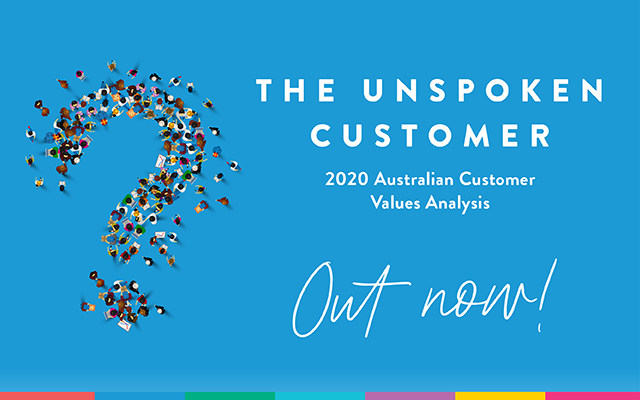24 Nov PRESS RELEASE: Research reveals 7/10 customers feel lied to

New research commissioned by Customology has revealed disturbing, but perhaps not unsurprising, facts about customers, incentives, rewards, marketing communications, brand trust and customer recognition.
A comprehensive survey among 2506 Australian consumers found that 74 per cent believe that brands lie in their marketing communications.
“Brands invest so much in acquiring new customers,” said Mark James, CEO of Customology, specialists in customer life cycle management, “yet, they treat them like transactions and a marketing database. Customers are feeling lied to and over marketed to. Brands are not sending authentic messages to their customers which prevents them from activating the path to re-purchase. The irony is that their most profitable customer is a returning customer.”
Unfortunately, the research also revealed that:
- 77 per cent believe that new customers receive better incentives than loyal customers.
- 55 per cent don’t believe they are rewarded for their loyalty.
- 63 per cent believe they should be rewarded for referrals.
- 82 per cent could be tempted by a competitor.
“Brands are missing out on significant opportunities by alienating their most profitable customers. It costs a lot more to acquire a new customer than it does to retain an existing one. It’s ludicrous that brands today are still offering new customers a better deal.” said James.
However, it’s not all bad news with 64 per cent of customers loyal to a brand that doesn’t have a loyalty program.
Invisible customer a missed opportunity
Another mistake being made by brands is shown in the telling statistic that 51 per cent of customers did not receive any form of communication after their first purchase, even though they shared their contact details.
In terms of customer communications:
- 61 per cent believe that stores are pushy in their marketing communications.
- 51 per cent believe they are being remarketed to, too often.
- 48 per cent believe they are being emailed too often.
- 45 per cent believe that brands are not targeting them in a relevant way.
“It’s like the customer is invisible” said James. “Customers feel that when brands do speak to them, it’s a half truth. We were really surprised to hear just how vocal these customers were about how brands engage with them.”
Customology commissioned the research to learn how customers really feel, what they value and how they want to be recognised and rewarded.
Experienced global marketer and international keynote lecturer and speaker, Joe Talcott, believes many marketers will be shocked to learn how their customers are genuinely feeling and behaving in regards to their brand.
“However, I believe it’s a shock that is desperately needed. Customer loyalty cannot be purchased. And customers’ lives and interests reach far beyond the relationship they have with any brand. This research is a wake-up call to brands that have allowed customer communications to become rote, predictable and annoying; which I am sure is the opposite of their intended purpose,” Talcott said.
Danielle Duell, founder and CEO of People with Purpose, said, “I think that companies sometimes forget their original purpose. They get distracted by quick-win initiatives, which is not sustainable. At the heart of loyalty is trust and it’s important that brands work consistently to gain and retain the trust of their customers. Their purpose should be present in every customer interaction, reminding their customers of why they exist and what they stand for.”
Customology advocates that authenticity starts with the first communication. The worst experience a customer should have with a brand is their first experience. Every interaction from then on should get better and better. Brands need to remember to treat their customers as customers, not as transactions.
Businesses who don’t do this risk losing valuable customers who have access to a profound number of alternative options.
According to Mark James, businesses should look at the best channels (not just the cheapest) to continue engagement, retention and influence behaviour.
“The most important aspect of communication is to make all the messages relevant and tailored to the customer, and not to bombard them. There are so many opportunities to continue the conversation; but it has to be an authentic message, sent at the right time and via the right channel.”
“Smart competitors are looking for every opportunity to acquire more customers. Brands with bad customer retention strategies are most at risk. Talking ‘to’ customers, not ‘at’ them like transactions is the key to building long-term success and trust between the customer and the brand.” James added.
|
Listen to...
|



